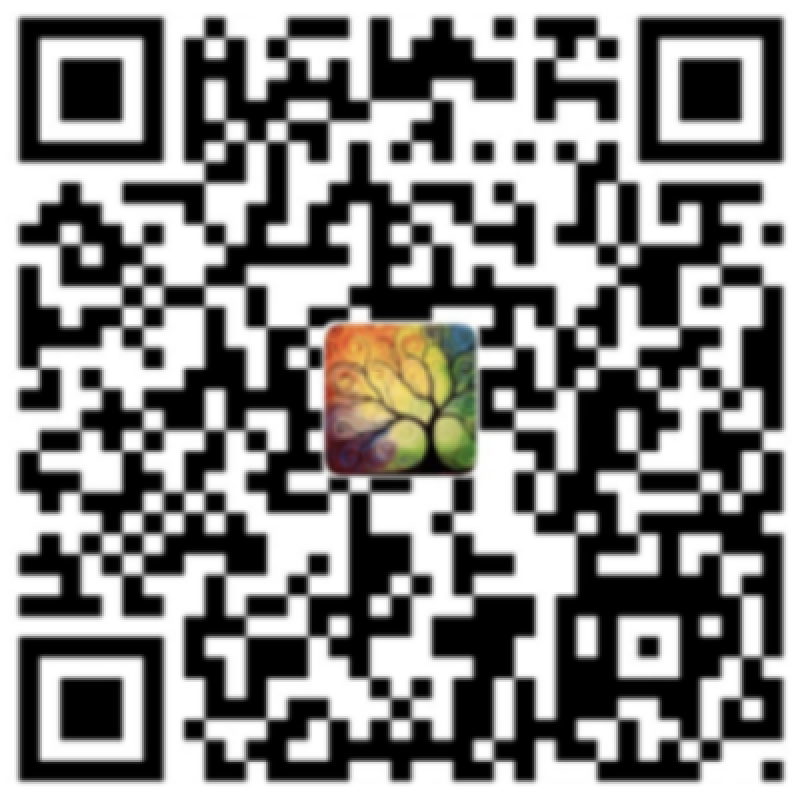A 4-Step Approach to Turn Data into Insights

Introduction
Big Data, Data-Driven Industry, Artificial Intelligence… these new terms started to bump into the business world with more people start to talk about “Data” related things. Some people tend to think “More data is better” and their main focus becomes to collect as much data as they could. However, before getting into the world of “Getting more data”, I’d like you to pause 10 seconds and think about the following fundamental questions:
- What does data mean to the business?
- What value does it bring to the business?
- What kind of data is beneficial to the business?
- How data can be turned into Insights and actions?
- How to avoid being bombarded by useless data and focus on true insights?
These questions are not easy to answer as they appear to be, simply because we are not focusing on “How to get Data”, but we are asking for the “Why” - “Why do we need Data in the first place?” We’re going back to the basics and re-think the relationship between data, insights and the business. You might start to ask yourself this question: “Is it true that more data can bring more insights?”
In this post, I’m going to share with you a simple 4-step process of “how to turn data into Insights”, and we’re going to only focus on the true value of data, not the volume of data, as volume means nothing if you cannot get any insights from it.
Step 1. Be wise about the Data you collect
The first point is simple but difficult to get right, we need to know what data to collect before starting to collect blindly.
The answer may vary from different business models and industries, and as a developer, I know that technologies are only tools to get the goal done, they will never tell you what is the right thing to do, only human can think of business models and define the data to collect based on real-world scenarios and your organisation internal procedures.
For example, there’s no use for a childcare center to ask parents questions about last weekend’s cricket game experience. Asking the right question can give you the right piece of data you need, business analysts play a key role in getting it right. Resonate’s client team is highly expertise in helping clients from a variety of industries, e.g., childcare, banking, food, retail, events, medical services…
Tip 1: Once you got the questions right, you can start collecting data and making use of it.
Step 2. Define measures and dimensions
While more data flows into your system, now the question becomes: How are we going to do analysis and get insights from it? Here I’d like to introduce two important concepts in data analytics and business intelligence, namely measures and dimensions. Imagine there’s an excel sheet with 100 rows, representing 100 employees, the columns are name, age, salary, nationality, department, etc.
Measures can be a count, used to answer questions like:
- How many employees are Australians? How many employees are younger than 45 years old?
Measures can also be an average value used to answer questions like:
- What is the average salary of Australian employees in the IT department? What is the average age of employees in the HR department?
You may have guessed that measures can also be Min, Max… Basically, measures are aggregated values that are extremely insightful to analyse our dataset.
Now let’s take a look at dimensions, they are used to slice the dataset in certain ways. For example, in our 100 rows dataset, if you want to get all the employees in the Sales department, the department becomes a dimension (similar to filter), and the filter value will be “Sales”. After making the department a dimension of your dataset, you can get a count (measure) for each department.
Tip 2: measures and dimensions should be selected wisely and used to serve the purpose of analysing your data in a meaningful way.
Step 3. Make use of Data Visualisation tools
Human brains tend to deal with images and charts better than processing numbers in excel sheets, this is why “Data Visualisation” becomes a necessary part of “Data Analytics”. More importantly, data visualisation is an excellent tool to demonstrate trends and give you a direct impression of the measures you want to monitor.
Take NPS measure as an example, a line chart with a date dimension can easily tell you the NPS trend in your organisation. With the flexibility of Resonate data visualisation functionalities, we can tailor your dashboard with visuals that suit your business needs, customize it with measures and dimensions that are meaningful to your business success.
Tip 3: Different visuals serve different purposes of displaying the dataset, always consult a data expert before creating your dashboard to avoid getting useless “Insights”.
Step 4. Action on it and track the changes
After getting your business insights from data visualisation and other useful tools, what is the next step?
The answer is simple: Action on areas to improve, and keep your competitive advantages that help the business to stand firmly in the industry.
If we take a look at CX surveys, the key to success is to understand your advantages and disadvantages from the data. Getting an NPS 10 is great, but to understand why you get a 10 is more beneficial to your business; vice versa, getting an NPS 0 is frustrating, but try to understand your angry customers and act on the things they don’t like may turn an angry customer into a happy one, or prevent your business keep falling in the same trap.
Tip 4: Try to make actionable changes in your organisation, then keep monitoring your measures.
Summary
Let’s get back to answer the fundamental questions we’ve asked in the beginning:
-
What does data mean to the business? What kind of data is beneficial to the business?
The right data can help a business to get business insights. Based on the business model and procedure, the data we collect must reflect the key factors of the business.
-
What value does data bring to the business?
Business Insights helps the business to evolve and make meaningful changes.
-
How data can be turned into Insights and actions? How to avoid being bombarded by useless data and focus on true insights?
Define measures and dimensions is a great way to get a high-level idea of what’s happening in your business, making use of data visualisation tools, create your customized dashboard can also be a nice way to get a quick snapshot of the healthiness of business.
Finally, a quick recap of the 4 main steps to turn data into sights we’ve covered in this post:
- Be wise about the Data you collect.
- Define measures and dimensions.
- Make use of Data Visualisation tools.
- Action on it and track the changes.
Data is the friend of business only when it can be turned into meaningful insights.
Talk to Luna
Support Luna




